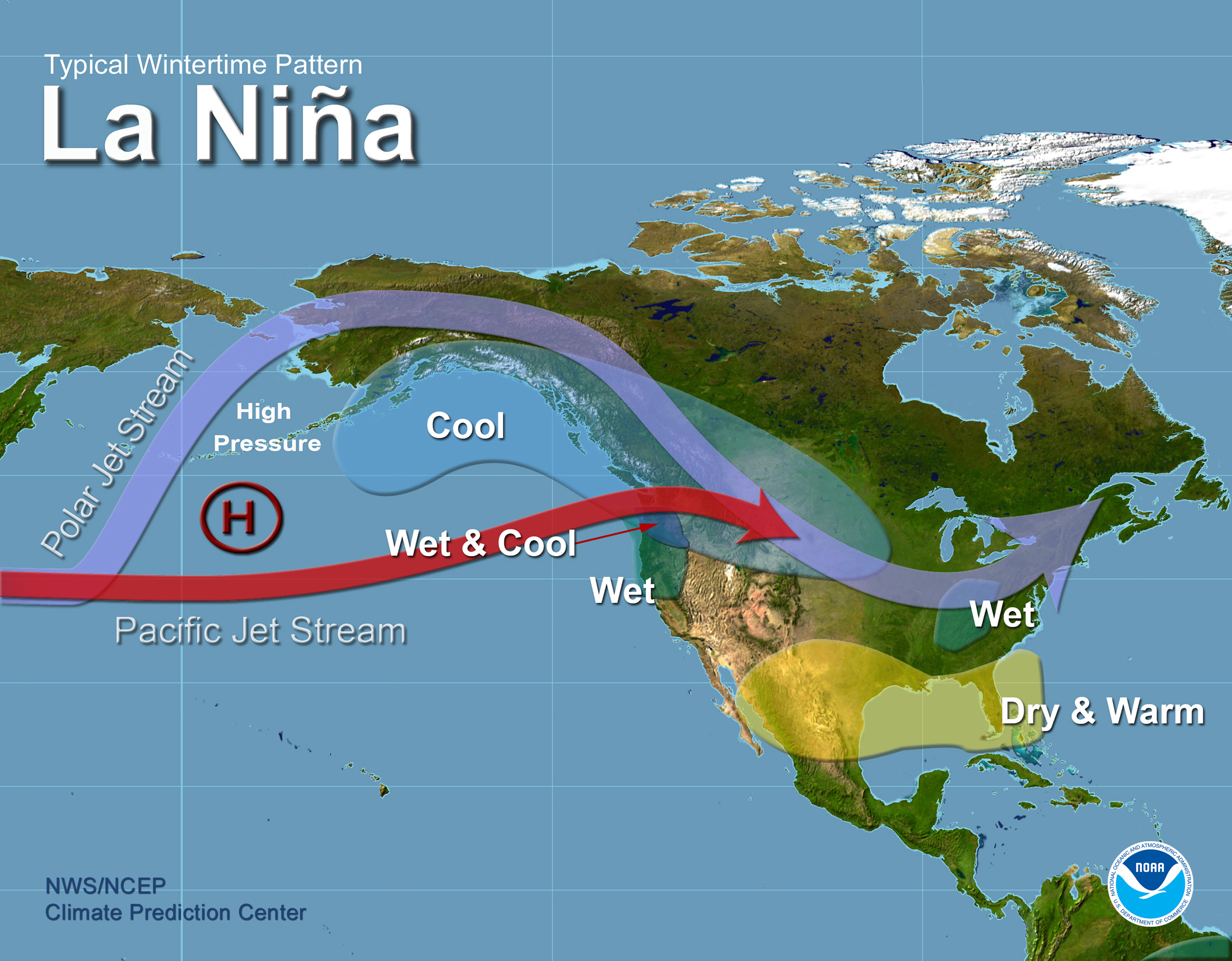
Cooling Pacific Ocean temperatures have triggered a La Niña Watch for the northern hemisphere. The Climate Prediction Center and the International Institute for Climate and Society issued the watch, which is based on below normal sea temperature readings in the eastern equatorial Pacific. National Weather Service Alaska region climate science and services manager Rick Thoman said, like its warmer brother El Niño, La Niña has weather driving potential for Alaska.
“That area south and southeast of Hawaii influence where those big tropical thunderstorms form,” Thoman said. “La Niña, which we now think is likely to occur this year, helps keep those big tropical thunderstorms back over the western Pacific.”
Thoman said those storms influence the jet stream as it crosses the Pacific, typically leading to high pressure over the Bering Sea.
”And then that works its way into the North Pacific and that allows Alaska to be on the cool side,” Thoman said.
Thoman said it also trends inland Alaska toward drier conditions, especially over the first part of the winter, but he cautions that La Niña doesn’t lock in a colder than normal winter.
“About half of La Niña winters have been significantly colder than normal and a couple more have been near-normal, so we tilt our odds, but no guarantees,” Thoman said.
Thoman noted that Alaska’s warmest winter on record was set in 2000-2001, during a weak La Nina.
Dan Bross is a reporter at KUAC in Fairbanks.




